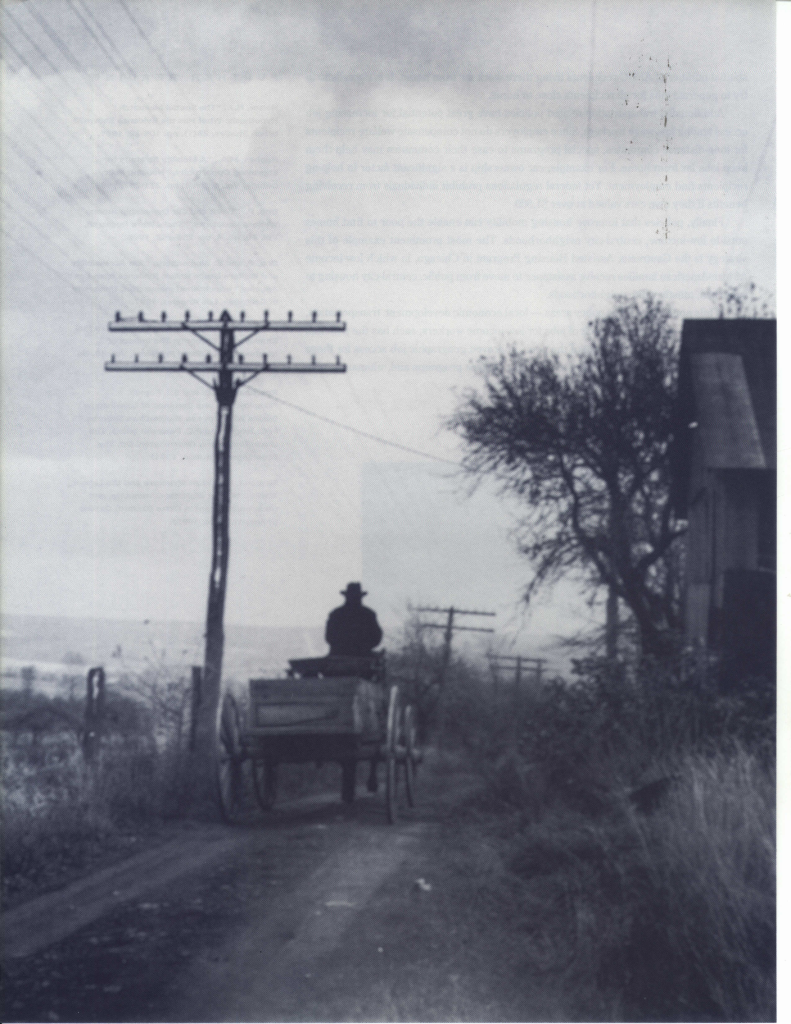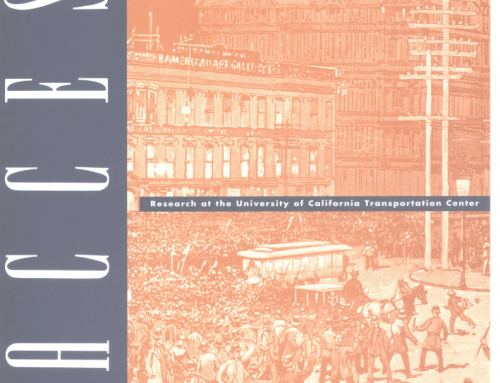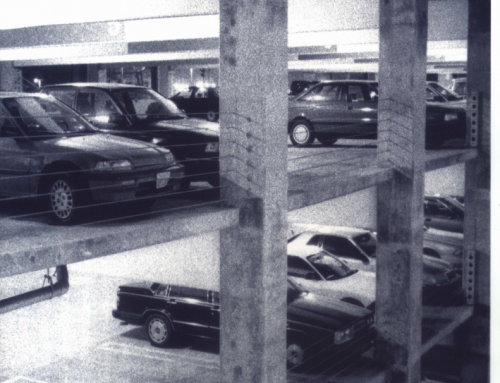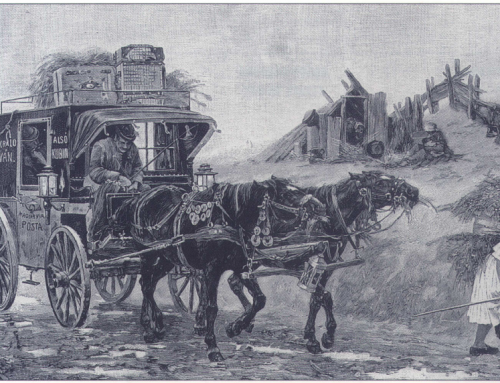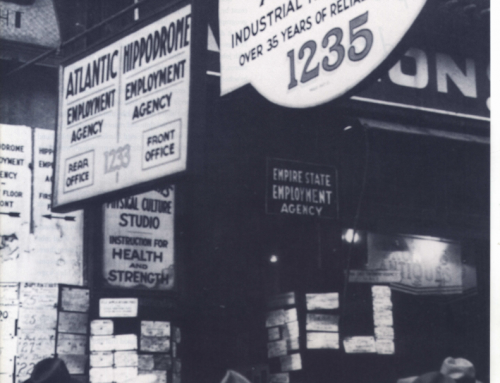The functions of transportation and communication systems overlap. Both bridge the gaps between geographic locations, the one by moving physical objects, the other by moving information.
In recent years, as the roles of communication have expanded, many people expect they’ll come to preempt those that transportation has traditionally performed, with messages substituting for travel and shipping. Or, is it more likely that communication and transportation are mutually reinforcing – that each induces expansion in the other?
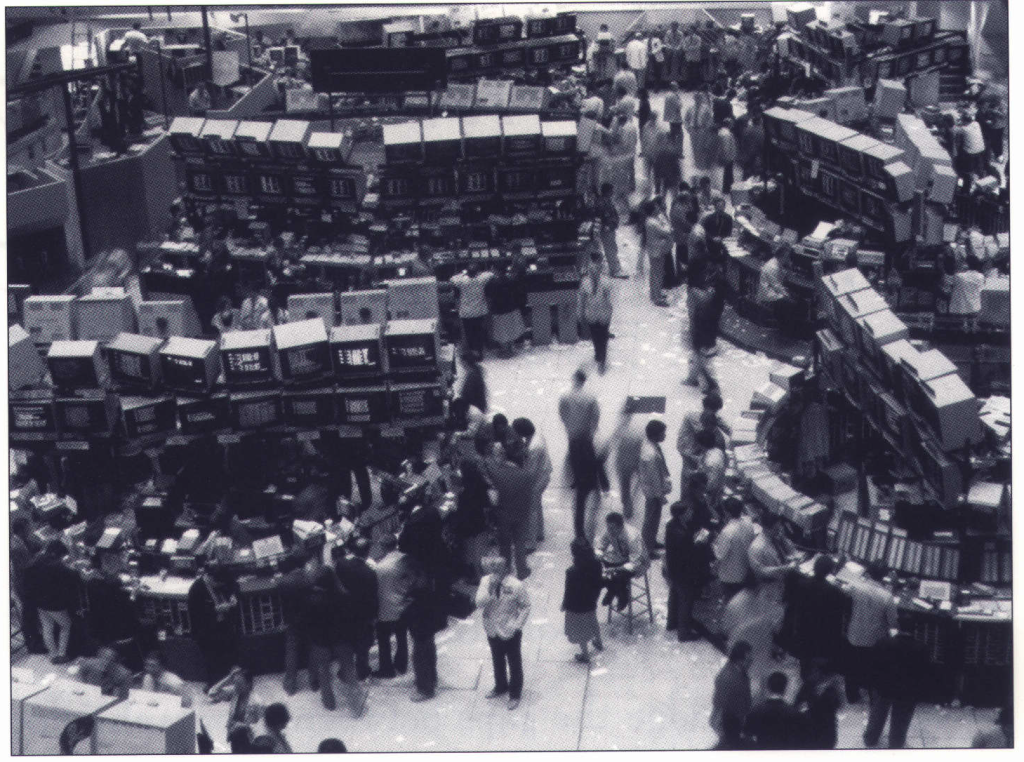 Over the past two decades, communication costs have plummeted relative to transportation costs, reflecting advanced electronic technology and changing prices of some commodities, such as energy. For those industries and markets where communication and transportation coexist, the comparative advantage of communication has been rising.
Over the past two decades, communication costs have plummeted relative to transportation costs, reflecting advanced electronic technology and changing prices of some commodities, such as energy. For those industries and markets where communication and transportation coexist, the comparative advantage of communication has been rising.
Relations between these systems have significant implications for regional economics and regional planning because transportation costs play a dominant role in locational decisions and in land development, infrastructure investment, and the conduct of industry. Locational advantage (or disadvantage) is based on the costs (including time costs) of gaining access to various destinations and services. Early theory of location was based on transportation costs, but pertinent access costs nowadays are frequently costs of communication instead.
Relationship between Transportation and Communications
Two basic hypotheses have shaped thinking on the relationship between transportation and communication: substitution and complementarity.
Substitution, the more common hypothesis, is usually defined as the elimination of travel, such that a physical trip or shipment is entirely replaced by a transmitted message. This hypothesis predicts that as communication technology becomes more advanced and cheaper, communication will replace some travel. Underlying the substitution hypothesis is an assumption that the total volume of interactions, whether by travel or communication, is constant.
Although the substitution hypothesis has a large following among both academics and the general public, its scientific basis is not clear. Casual observation suggests that persons who work at home can effectively substitute electronic communication for commute trips. Similarly, a telephoned inquiry to determine whether a needed commodity is available can save a fruitless trip that finds it’s out-of-stock. And, surely, in the absence of an effective telephone system, a lot of cars would be circulating, each carrying a single piece of paper for delivery to an office somewhere in town. Sadly, this may be what’s behind much of the traffic congestion in some less-developed countries. So, there can be no doubt 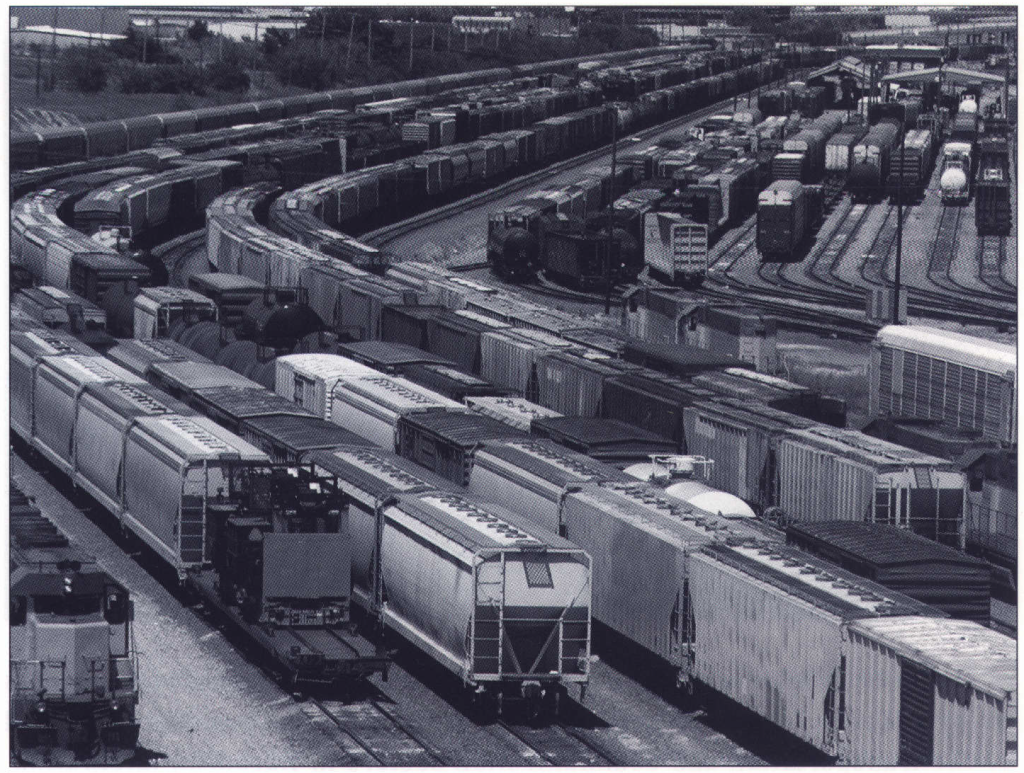 that some degree of substitution does occur. The common speculation among transportation professionals in recent times predicts substantial displacement of trips by telephone and Internet contacts. The smart money has been behind smart communication systems and the substitution hypothesis.
that some degree of substitution does occur. The common speculation among transportation professionals in recent times predicts substantial displacement of trips by telephone and Internet contacts. The smart money has been behind smart communication systems and the substitution hypothesis.
Anecdotal evidence suggests that the total volume of interaction is increasing, in part as reflection of the increased ease of both movement and discourse. A telephone call may conclude with an agreement to meet for lunch, and that of course involves at least one round trip. Or it may lead to an agreement to get together to draft a contract. In turn, the draft could lead to extended further negotiation calling for additional meetings. Then, following the contract, shipment of physical commodities will be made in response to electronically transmitted purchase orders. Under these circumstances, it appears that more communication makes for more transport, and that more transport leads to more communication. Certainly the volume of electronic information exchange has been rising, but at the same time that the volume of freight has been as well. Thus the counter hypothesis, the complementary hypothesis, suggests that communication and travel can be mutually stimulating.
Complementarity can follow when at least one of two phenomena occur: enhancement, i.e., more telecommunication causes more travel than otherwise would have occurred, and efficiency, i.e., each contributes to reduce the resource requirements, and hence the costs, of the other.
To date, most research has focused on travel behavior of individual commuters or households, concentrating on a single communication mode 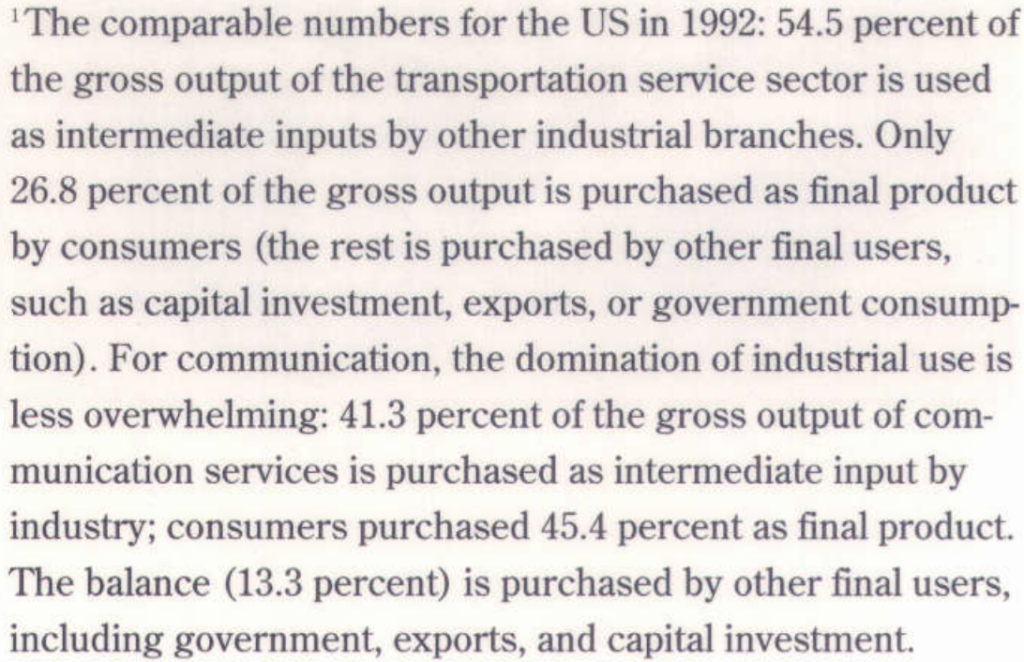 (teleworking, teleconferencing, teleshopping, domestic telephone habits, etc.), trying to discover how it affects travel and commuting. However significant, the conclusions of these studies are limited, because the analyses have been confined to the household sector. In reality, most transportation and communication is not used by households but by industry. In the European Union, about two-thirds of all transportation and communication services are used by industries. In the US, the proportion is about the same.1 Since the consumption of transportation and communication services by households, including commuters, represents less than half the entire output of the transportation and communication sectors, a comprehensive understanding of the relationships between transportation and communication requires analysis of their industrial uses.
(teleworking, teleconferencing, teleshopping, domestic telephone habits, etc.), trying to discover how it affects travel and commuting. However significant, the conclusions of these studies are limited, because the analyses have been confined to the household sector. In reality, most transportation and communication is not used by households but by industry. In the European Union, about two-thirds of all transportation and communication services are used by industries. In the US, the proportion is about the same.1 Since the consumption of transportation and communication services by households, including commuters, represents less than half the entire output of the transportation and communication sectors, a comprehensive understanding of the relationships between transportation and communication requires analysis of their industrial uses.
I questioned the common presumption of substitutability between the two services among industries. I chose Europe for my case study because of the important roles played by the transportation and communication sectors in European integration. Understanding of these roles should shed 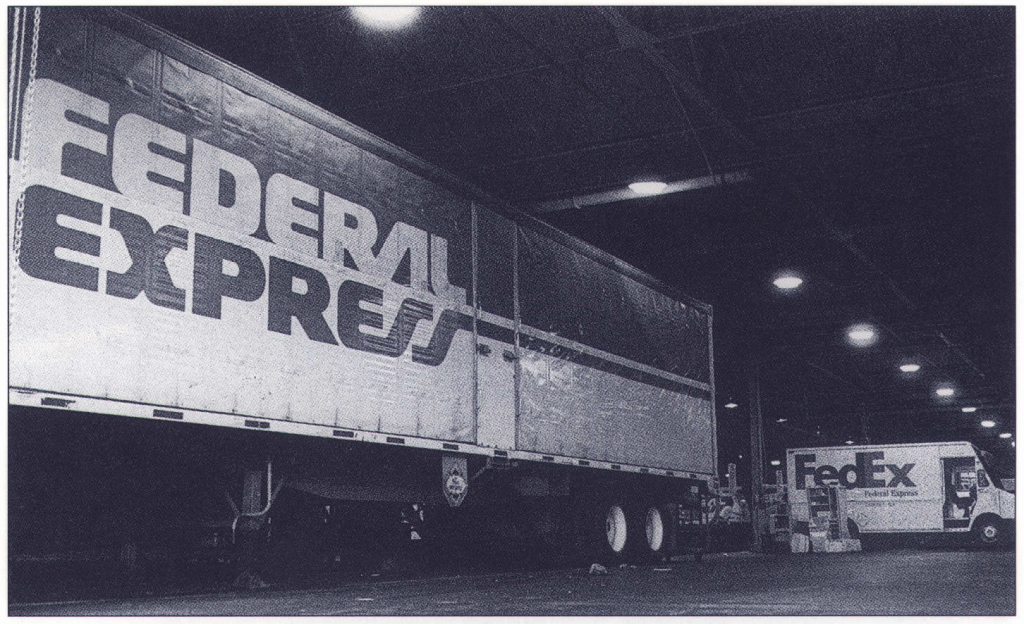 light on the processes and consequences of economic unification and integration there. Analysis of economic input-output data should clarify industrial uses of transportation and communication services. These data measure the flow of products and services from one industry to another, throughout a national economy.
light on the processes and consequences of economic unification and integration there. Analysis of economic input-output data should clarify industrial uses of transportation and communication services. These data measure the flow of products and services from one industry to another, throughout a national economy.
Input-output flows can reveal whether each industrial sector uses transportation and communication together or as substitutes. Since different industries have different sizes and levels of output, I analyzed normalized units of output for each sector. The relationship of course varies from one industrial sector to another, but overall national pattern!’ can be evaluated by treating dollar-outputs from all industrial users of transportation and communication as comprising a “sample,” then applying specially adapted sample statistical analytic tools. My basic questions: Do industries use transportation and communication together as complements or as substitutes for each other, where using more of one is associated with using less of the other? How significant are these relationships?
No Substitution: Communication Complements Transportation
The results from my analysis of the European data are unambiguous and surprising: The evidence is overwhelmingly in favor of the complementarity relationship. In every European country examined, industrial users tend to use transportation and communication together and 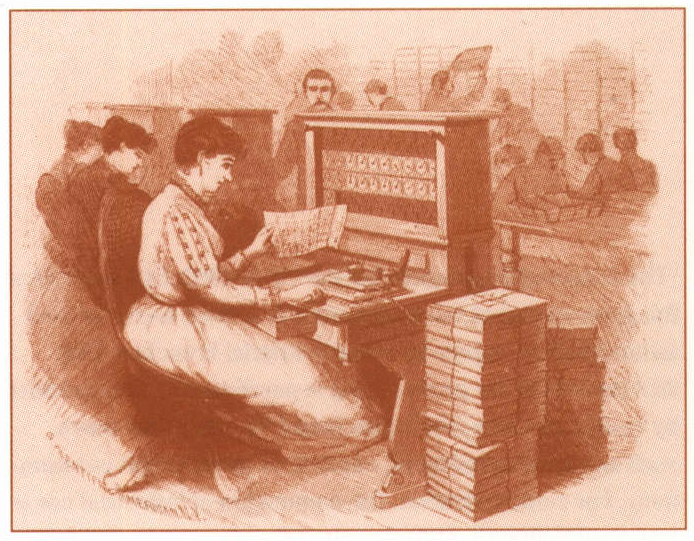 not as substitutes for one another. Moreover, the pattern carries over when one disaggregates the transportation sector into three or six transportation subsectors, such as road transport, air transport, and marine transport. For almost every subsector, the pattern of complementarity with communications emerges as statistically significant.
not as substitutes for one another. Moreover, the pattern carries over when one disaggregates the transportation sector into three or six transportation subsectors, such as road transport, air transport, and marine transport. For almost every subsector, the pattern of complementarity with communications emerges as statistically significant.
Finally, complementarity prevails in nearly all cases for both direct and total purchases of transportation and communication. Total purchases take into account the direct and indirect use of transportation and communication through intermediate purchases. For example, if the farm sector purchases transportation directly, but also indirectly through farm machinery and equipment whose production also used transportation in their own production, then all these “remote,” indirect uses of transportation enter the “total use” measurement. Complementarity is almost as clearly evident for total uses of transportation and communication as it is for simple, direct uses.
No Substitution for Transportation In Industry
If communication doesn’t serve as a substitute for transportation, at least in European industrial uses, we must ask why not? Some argue that telecommunication will probably induce both additional travel as well as reduced travel, so the net effect is likely to be indeterminant. But, in either case, it is not clear how travel-time saved due to telecommunication will then be used. For households, communication and transportation both act as means for maintaining social ties over distances, and so they may be substitutes for each other.
For industry, especially the freight sector, communication and transportation may be complementary because of the more intensive use of 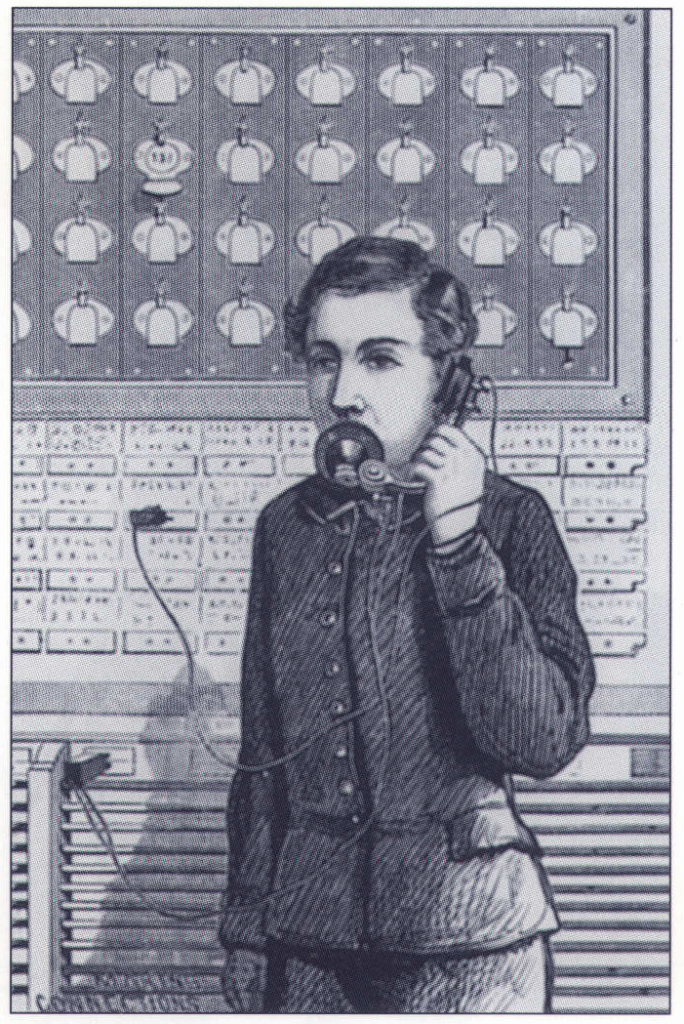 communication in logistical support for transportation. Better communication has led to increasingly efficient freight movement, indicated by greater productivity and the rise of the five “Olympic zeroes” – no stock, no time lag, no fault, no breakdown, no paper. In the early 1990s new information- management technology sharply increased railroad productivity in the United States.
communication in logistical support for transportation. Better communication has led to increasingly efficient freight movement, indicated by greater productivity and the rise of the five “Olympic zeroes” – no stock, no time lag, no fault, no breakdown, no paper. In the early 1990s new information- management technology sharply increased railroad productivity in the United States.
The freight industry is conserving resources with the following changes, to name a few: (1) introducing data-sharing among railroads through an electronic data-interchange network; (2) reducing delays through timely coordination of pickups; (3) improving load factors, routing, and back-haul planning; (4) more efficient warehousing, shifting toward a smaller number of larger depots serving larger areas; and (5) real-time scheduling of shipping containers from ship, to truck, and rail for just-in-time delivery at destinations.
Enhanced efficiency may create greater demand for transportation, for example, in cases where a smaller fleet of electronically scheduled vehicles can make frequent deliveries to meet no-stock and just-in-time production. Efficient scheduling of freight movement will rely increasingly on the precision permitted by real-time communication. The success of Federal Express and other courier services is partly based on their capacity to keep tabs on the location and status of every parcel at every moment – to use the electronic media for tracking physically transported objects.
Thus we find a genuine interdependency and mutual reinforcement between communication and transportation. As foreign and domestic trade expand, as personal social relationships become more extensive and intensive, so too will the transmission of messages and the movement of people and goods.
The relationship seems clear: more communication means more transportation, and more transportation means more communication.
Further Readings
Giannopoulos, G. and A. Giiiespie, eds., Transport and Communications Innovation In Europe (London: Belhaven Press, 1993).
Grubler, Amulf, The Rise and Fall of Infrastructure (Heidelberg: Physlca-Verlag, 1990).
Niles, John, ” Beyond Telecommuting,” Polley Report, US Department of Energy and Lawrence Berkeley Laboratories, 199S.
Nilles, Jack M ., “Traffic Reduction by Telecommuting: A Status Review and Selected Bibliography,” Transportation Review, 22A, 1988, pp. 301 -317.
Plaut, Pnina 0 ., ” Transportation Communications Relationships In Industry,” forthcoming In Transportation Research A .
Salomon, Ilan, “Telecommunications and Travel: Substitution or Modified Mobility?” Journal of Transport Economics and Policy, September 1985, pp. 219-23S.
Salomon, Ilan, “Telecommunlcatlons and Travel Relationships: A Review,” Transportation Research, Vol. 20A, No. 3, 1986, pp. 223-238.

